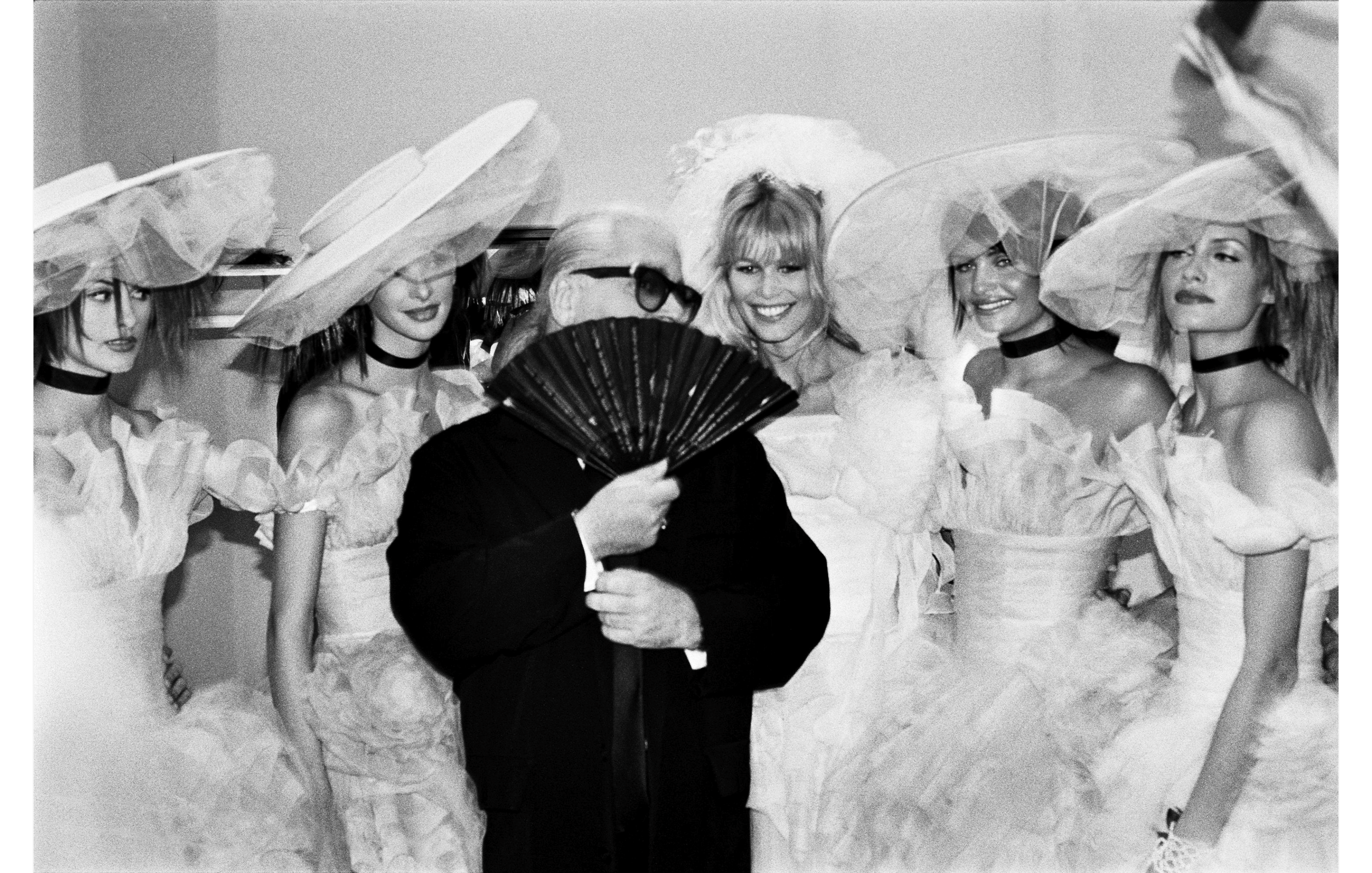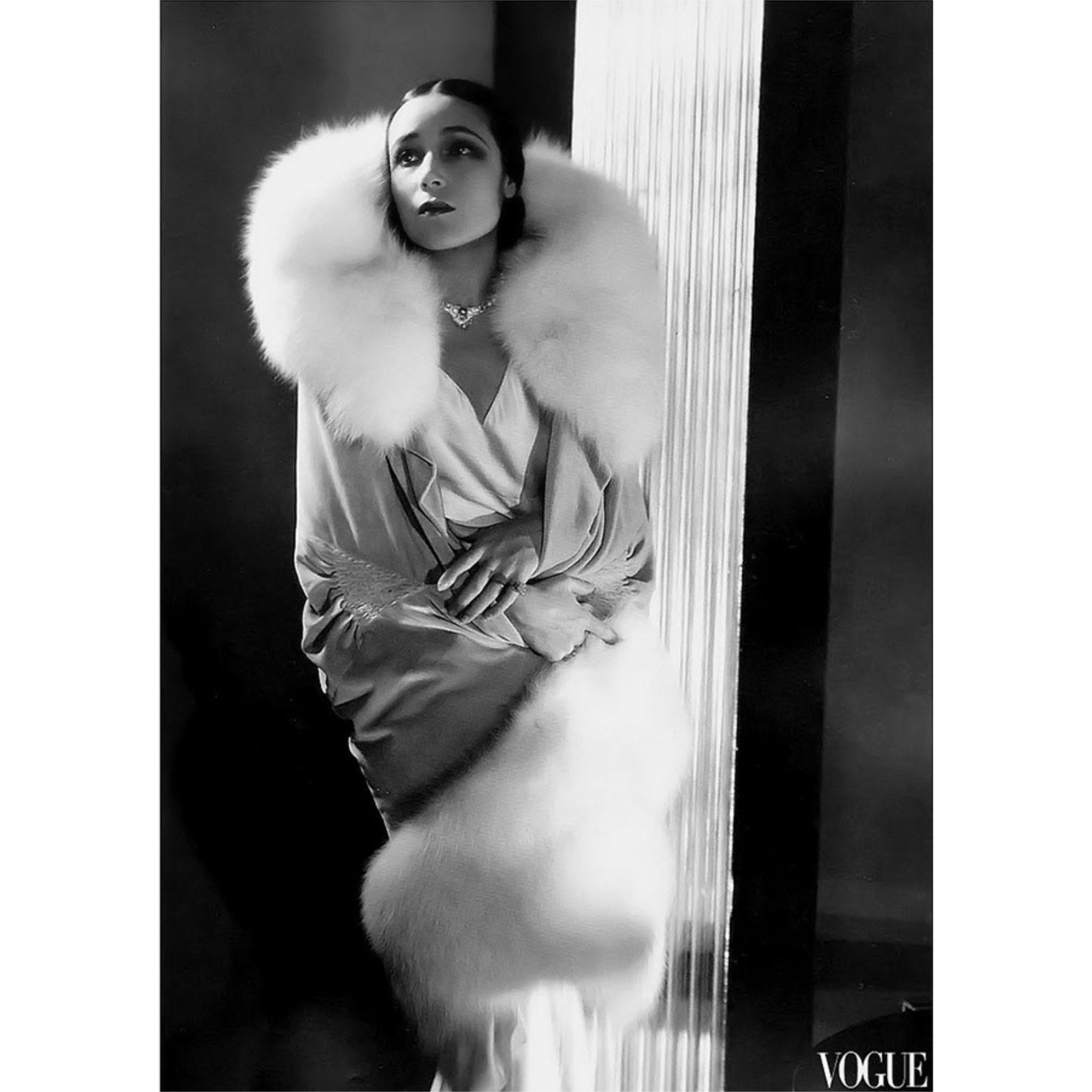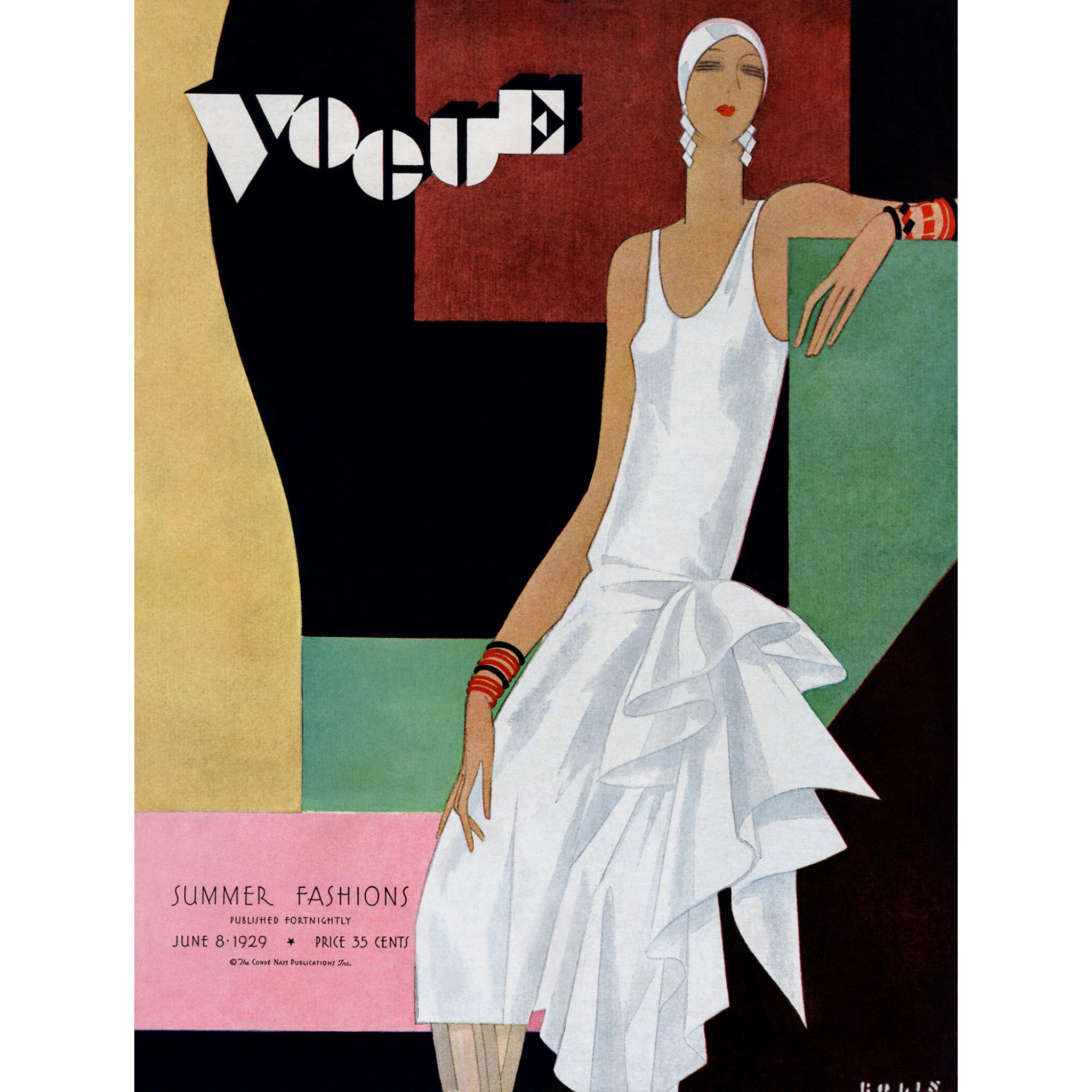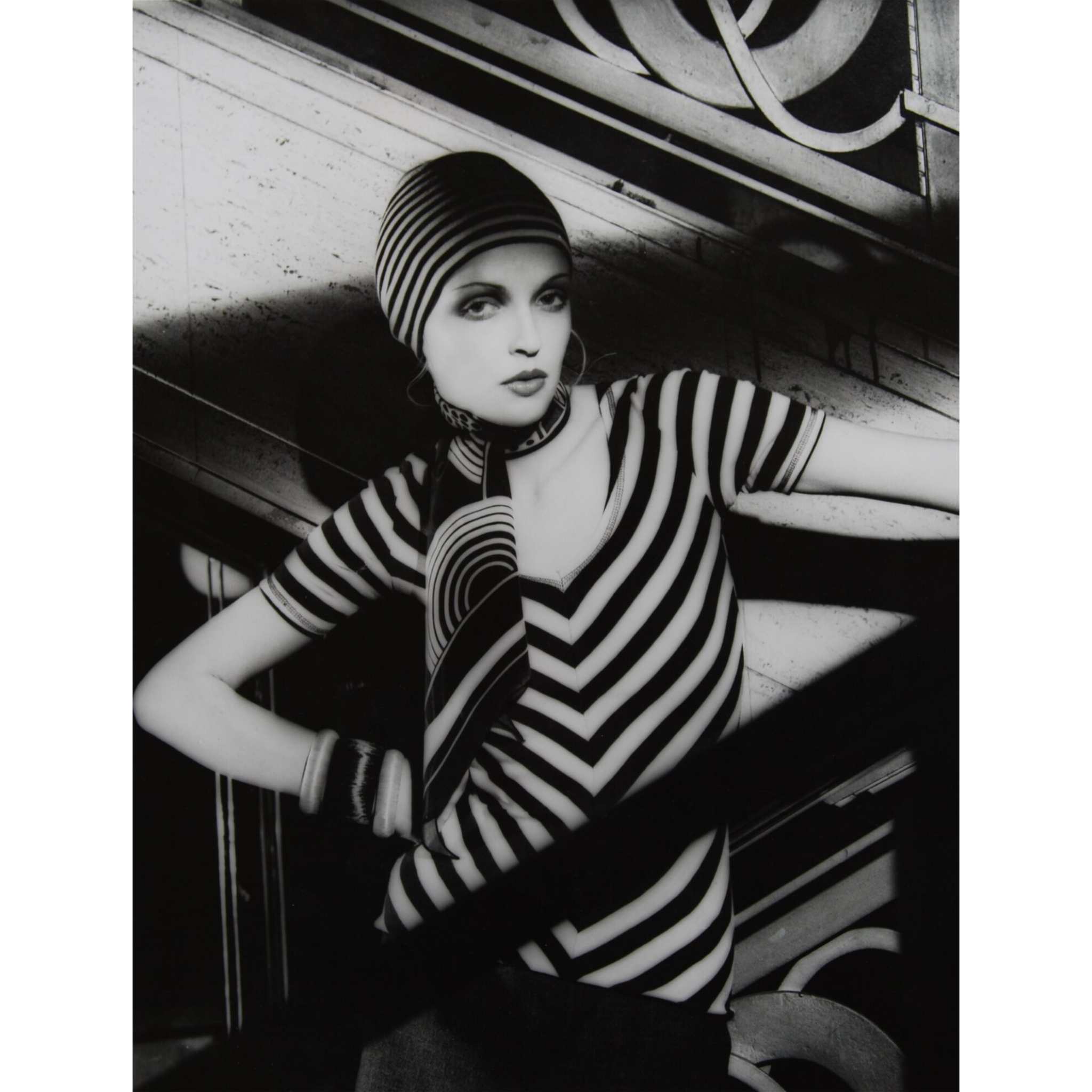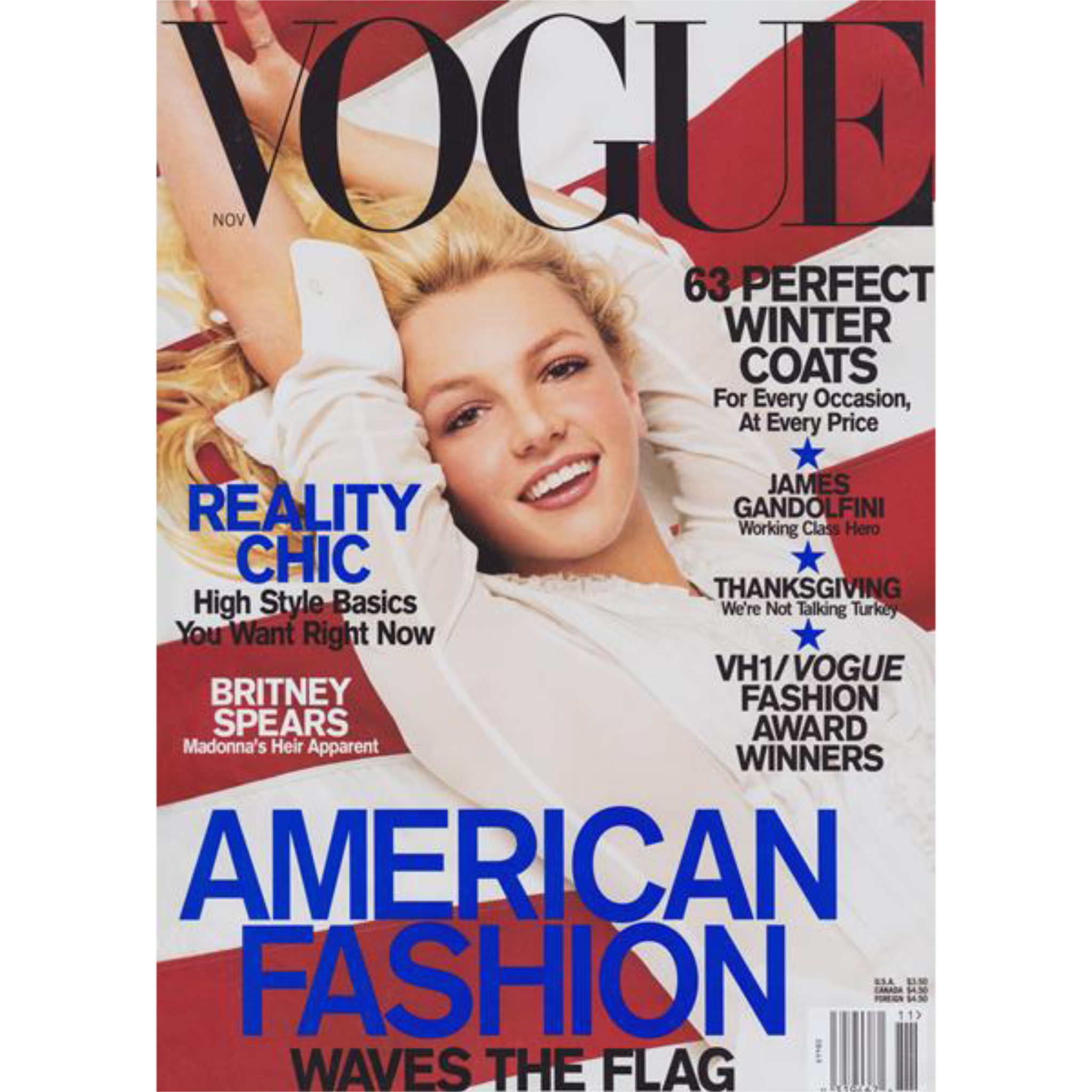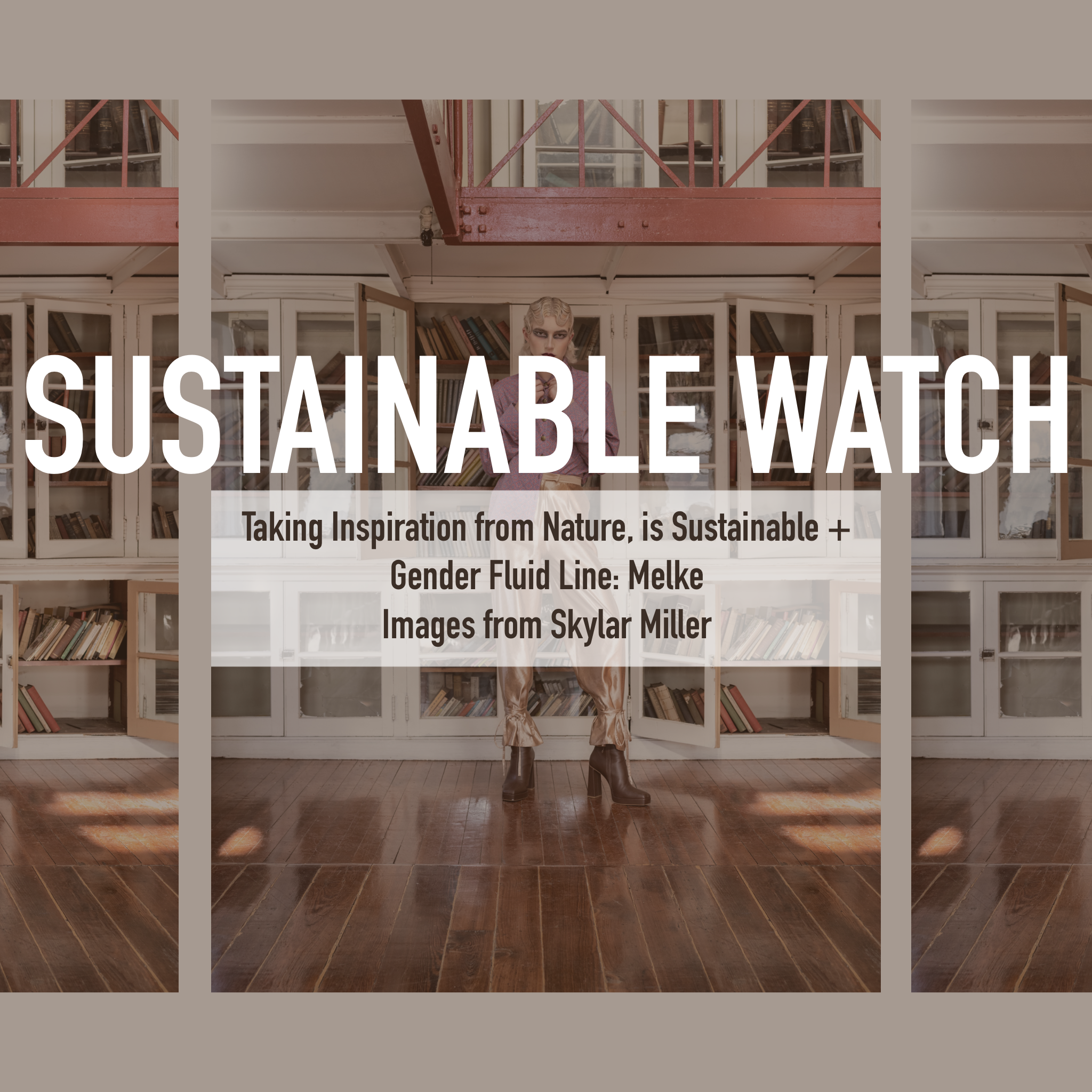Why Does The Internet Suddenly Care About Fashion History?
The collective interest of fashion history online has been growing for the past several years, and the lockdown of 2020 accelerated that interest. During this time, individuals explored their personal style without being judged by others. On platforms such as Tiktok and YouTube, fashion related content skyrocketed. From video essays to trend forecasts to critical reviews of archival runway shows, industry professionals and simply the average teenager scrolling on social media weigh in on these topics.
Mario-Testino-Claudia-Schiffer-Helena-Christensen-and-others-Paris-1994
TikTok now dominates trends, often cycling through them at a pace not seen before. Consequently, it is understandable why viewers want to learn where these niche trends originate. Learning about fashion has become more accessible than ever before. Video essays on YouTube from creators such as ModernGurlz and Mina Le rack up hundreds of thousands of views. The topics tie into historical elements or are the focal point of the video. With punchy titles such as Mina Le’s “why did rich Victorian women love to steal clothes?” or ModernGurlz, “the twilight fashion renaissance and Elena Gilbert core,” it’s no wonder that viewers are engaged from the moment they press play. This format allows historical concepts or background knowledge to be applied to modern day discussion topics appealing to Gen Z, and provide context for references to understand current phenomena better. Presenting such educational information in a way that resonates with a sizeable, younger demographic by making it feel relevant to the present, inadvertently ropes in a whole newaudience to a subject in which might formerly cause them to take a nap during the fifth period.
1960s Fashion Photography New York Magazine
Fashion historian Raissa Bretaña, who has created viral videos for Glamour and Vanity Fair about the historical accuracy of costumes in film, offers insight behind the influx of content. “I do think a lot of it just has to do with the volume being produced now, because now it’s not just independent creators on platforms like YouTube or TikTok. We have actual corporations that are investing in it like Vanity Fair or Glamour. There are also podcasts like Dressed, and so there are just more ways to consume fashion history now. You have really visual mediums like Instagram where corporations”, for example, “design houses, make public their fashion history archival material.” This raises a valid point in that corporations have begun to see the value and collective interest in fashion history. Investing in the creation of such content not only serves as entertainment but as an educational tool.
Fashion Photography 1960s UK Vogue
Dressed, a podcast hosted by fashion historians April Calahan and Cassidy Zachary, takes an in depth look at fashion’s past. When asked how the podcast was created, Calahan stated, “Dressed was created actually at the request of How Stuff Works, which was a major podcast network at the time. The How Stuff Works podcasts were bought a few years ago by iHeart Radio, which is our current network. I had been a guest on How Stuff Work's podcast, The Stuff You Missed in History Class, a couple of times and they offered me the chance to create my own show, which I called Cassidy, with whom I had been working with for several years. (We wrote two books together before the show). I asked if she wanted to do a podcast. And the rest is fashion history.”
Richard Avedon
The tag line for the show reads, “With over 7 billion people in the world, we all have one thing in common. Every day we all get dressed.” This simple phrase perfectly encapsulates the intention of the podcast: to help the everyday listener get a taste of fashion’s past, increasing accessibility through offering perspective and explaining jargon.
As we all know, fashion eventually repeats itself, too frequently. The concept in the trend cycle of the “20-year rule” does not strictly operate in that timeframe anymore, with the exorbitant growth of fast fashion and micro trends. This can lead to a sense of burnout among consumers and creators, always searching for the new and upcoming “it” factor. So where does one traditionally look to find modernity? The answer is the past.
Fashion Photograph by Edward Steichen
Raissa Bretaña offers her perspective: “I have so many journalists reach out to me to make fashion forecasts, and I always say that I'm not a fashion forecaster, I'm a historian. I can tell you how this played out in the past and how that can inform the future. I believe that unlocking the answers to our fashion future lies in understanding fashion’s past. Just so that we don’t make the same mistakes over and over again, I think it's important to honor the pioneers that came before, which is why I'm glad that at this institution (Fashion Institute of Technology] fashion design students are required to take history classes so they know what has come before them. I do think it's hard to go forward with anything without understanding how you got there and so, I do hope the answer to our current ‘fashion system in peril’ lies in our history books.” This simply captures the essence of how creating fashion operates. To take an element from the past, evolving it to fit the standards of what would be considered au courant embraces the present landscape of society to create something so novel for consumers.
Vogue Cover June 1929
Sustainability also plays a factor in the growing popularity of this niche subject. There is comfort in adopting a vintage style or particular retro aesthetic knowing you won’t be cycling through trends or fads at the speed of light, while staying genuine to your own interests. From a business perspective, the resale sector of the secondhand market is projected to grow 11 times faster than the broader retail clothing market by 2025, according to GlobalData. With the increasing surge of clothing resellers, it becomes crucial for a business to understand that, if a garment is genuinely vintage through its labels or tags, recalling the decade that style is from, if that piece is from a notable designer, etc., you can properly market and add value to the item.
It’s now more popular than ever to shop second hand. Archival fashion, another trend pushed to the forefront by Tiktok, has become an interest held by many self-proclaimed fashionistas. Formerly, it was those in the industry or those who had a deep understanding of specific designers that would know these key pieces exist. Growing the archival community to this magnitude has created a much larger future generation of preservationists and enthusiasts in the subject.
Biba Fashion, James Wedge 1970s
Through the lens of academia, fashion and dress history are a recent field to gain general acceptance as a respected field of study. This is, in truth, due to misogyny and the belief that fashion or dress is “frivolous.” So why should it have its own dedicated field of study? The study of fashion or dress is crucial to understanding different factors in the lives of groups or individuals. What people wore aids in creating a more detailed picture of their personalities, their daily lives, as well as societal and cultural values of the time. These narratives are put together in conjunction with other sources to support a multidisciplinary approach to research.
Vogue November 2001
In sum, the answer as to why the internet suddenly cares about fashion history focuses on nostalgia, sustainability and the continually expanding accessibility.
Article by Alessa Hatch, Contributor, PhotoBook Magazine
Tearsheets by Alexa Dyer, Graphic Design Intern, PhotoBook Magazine

